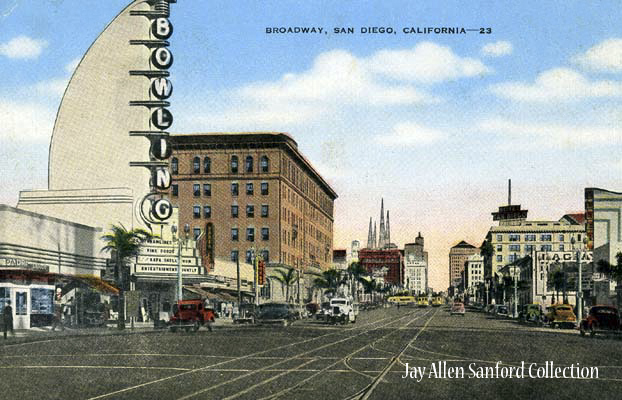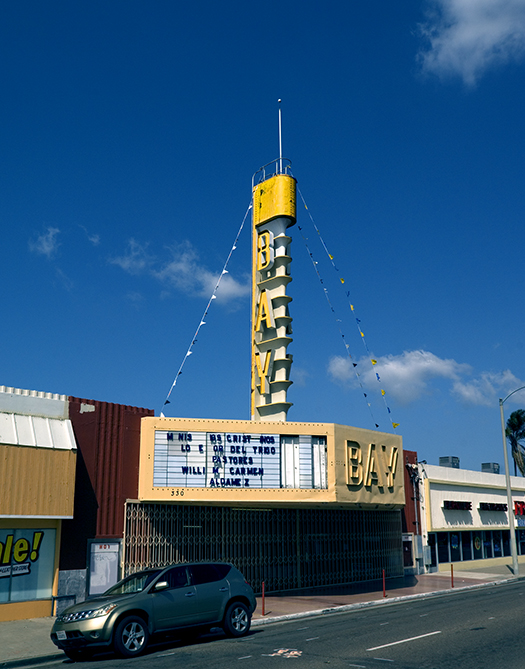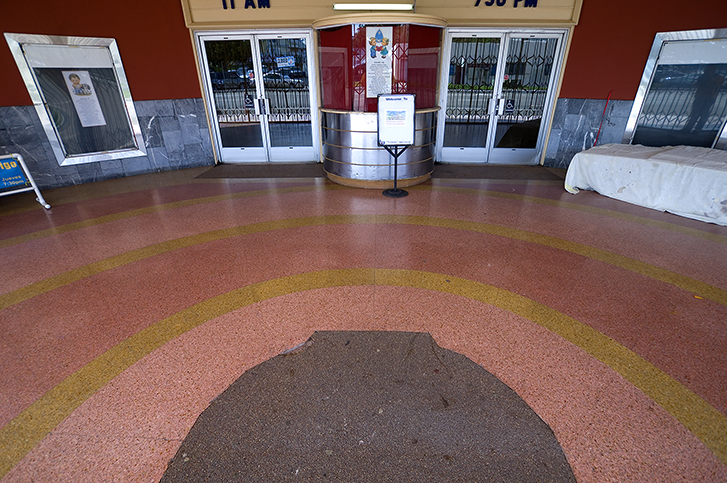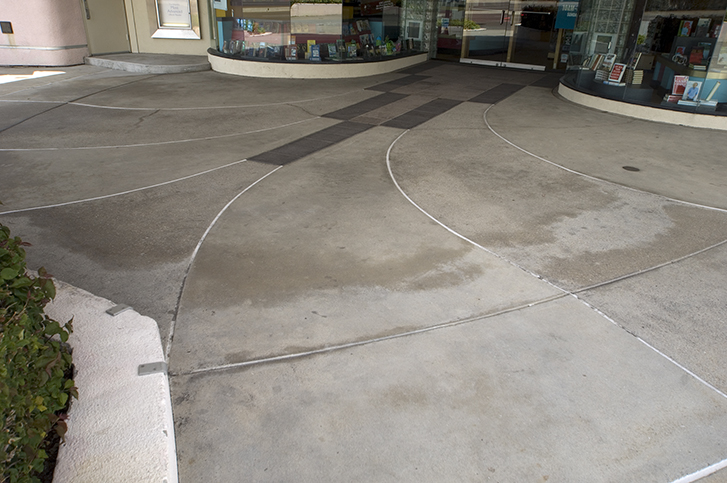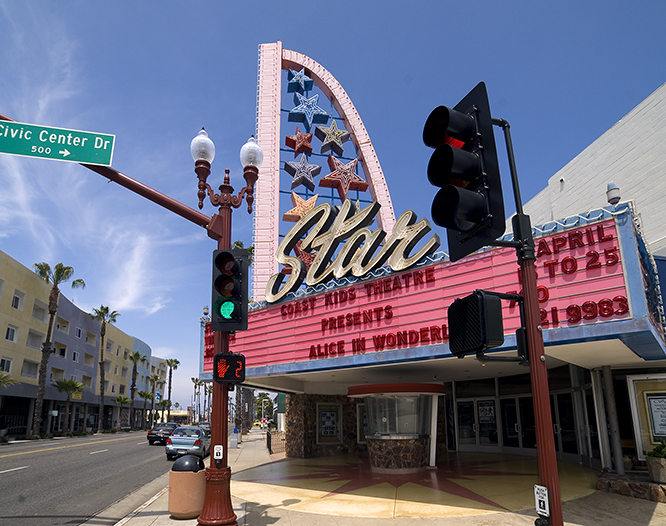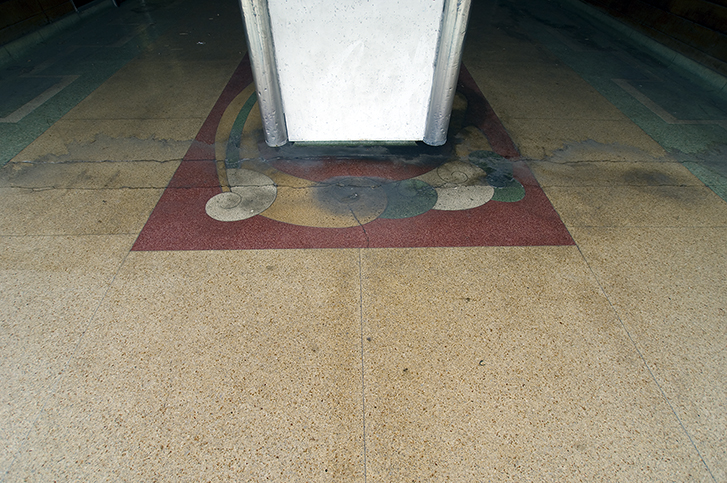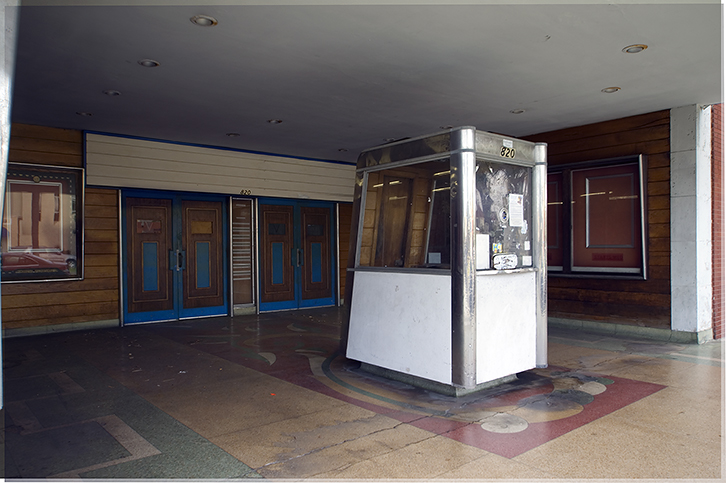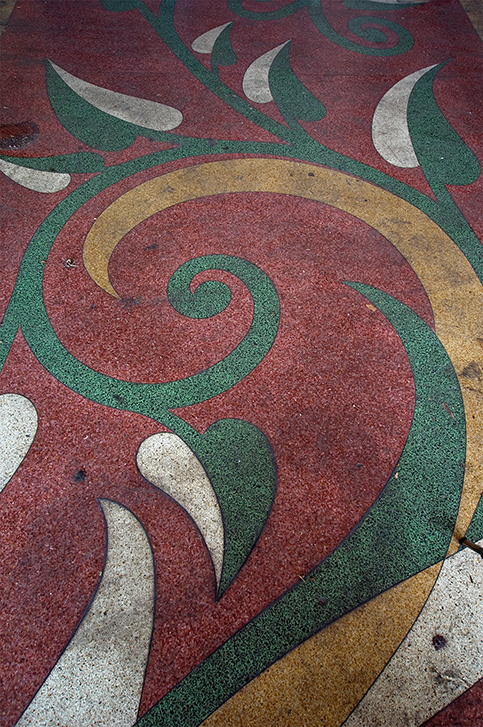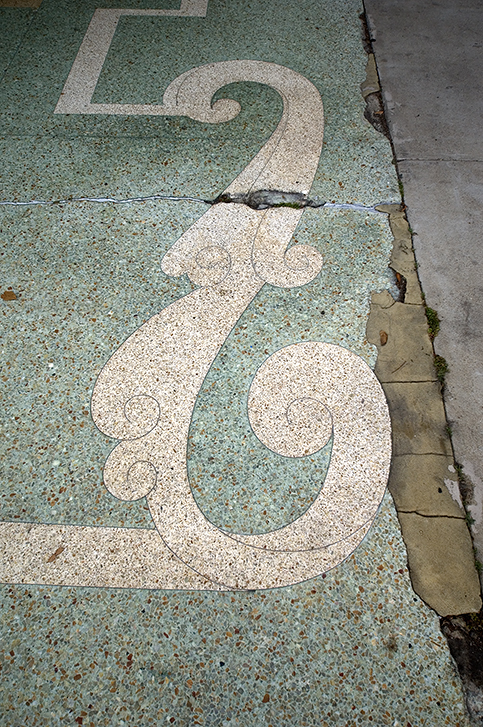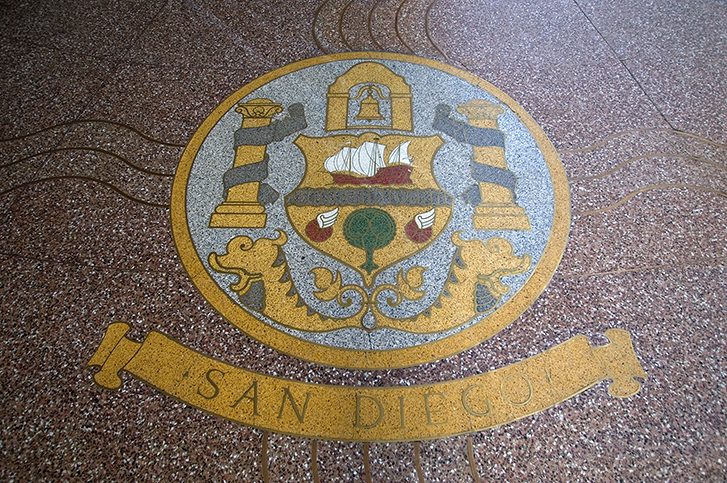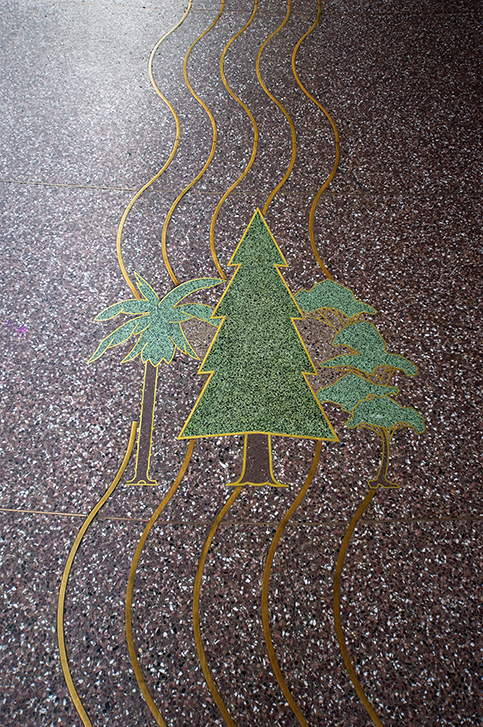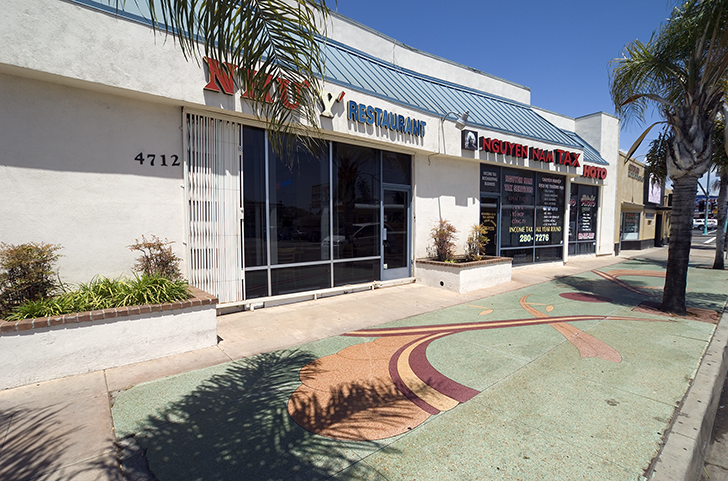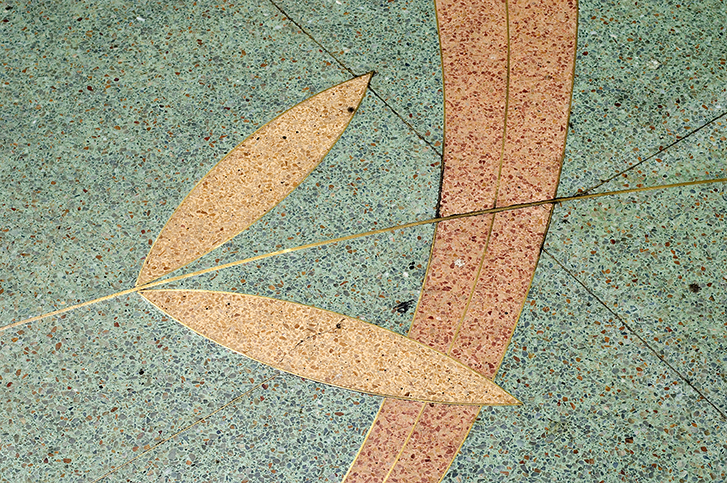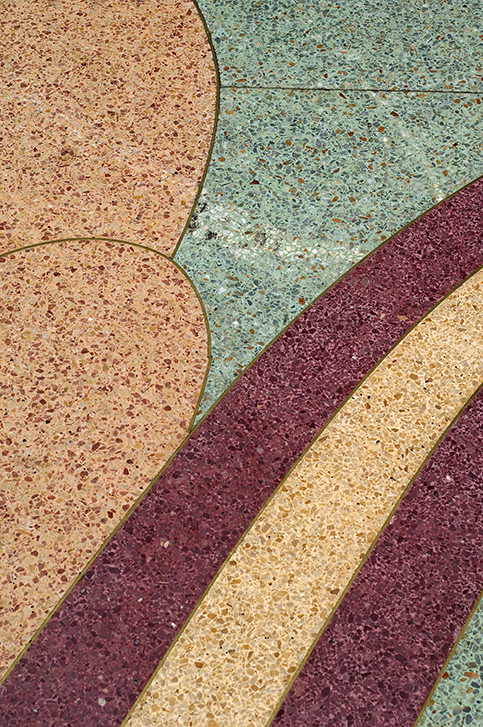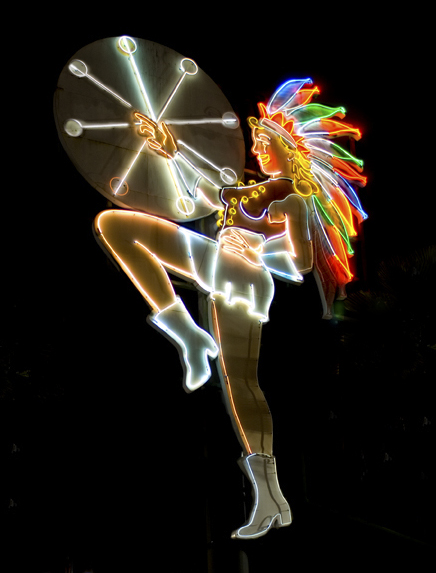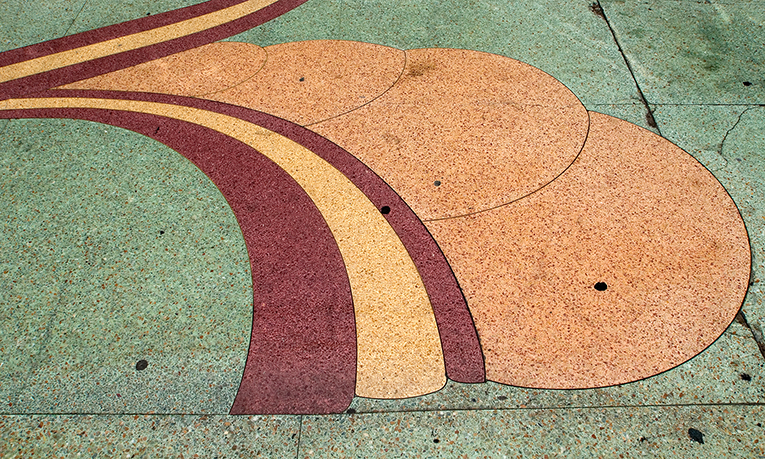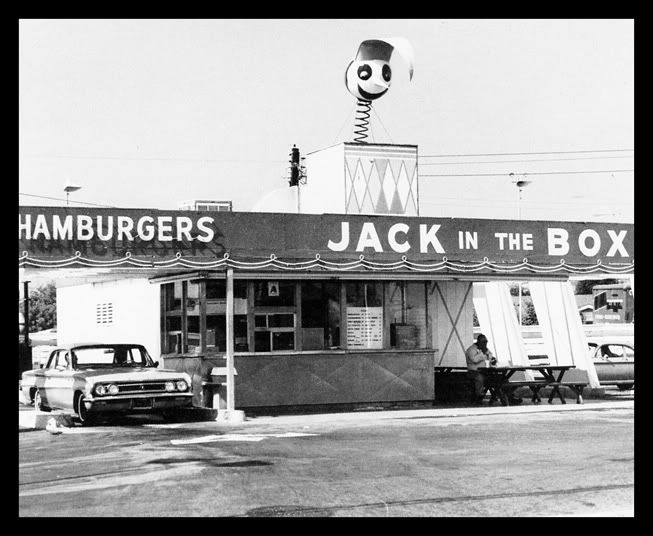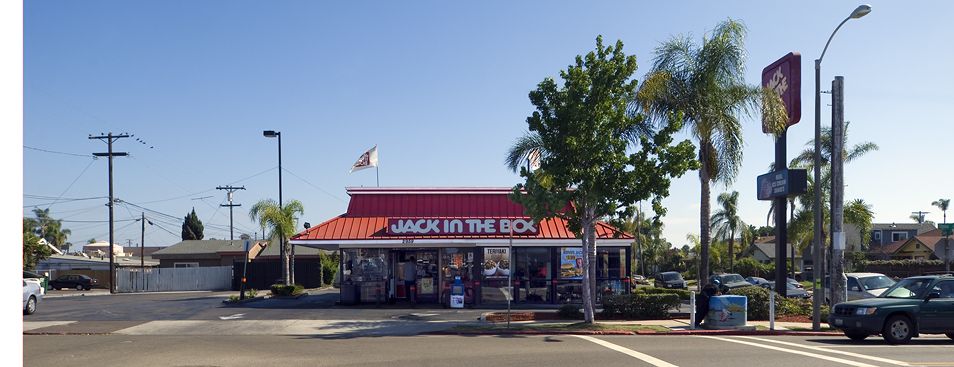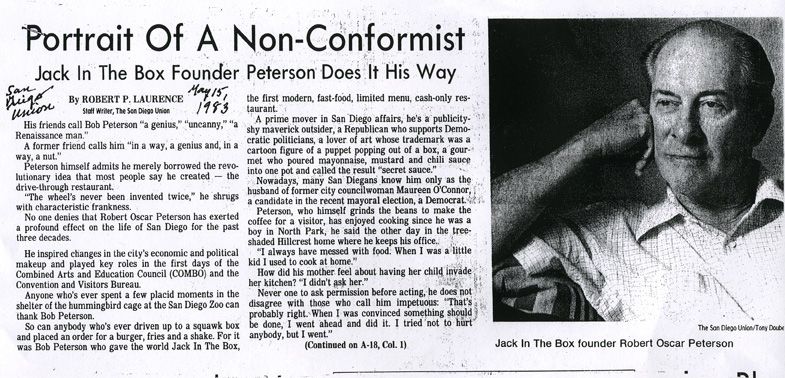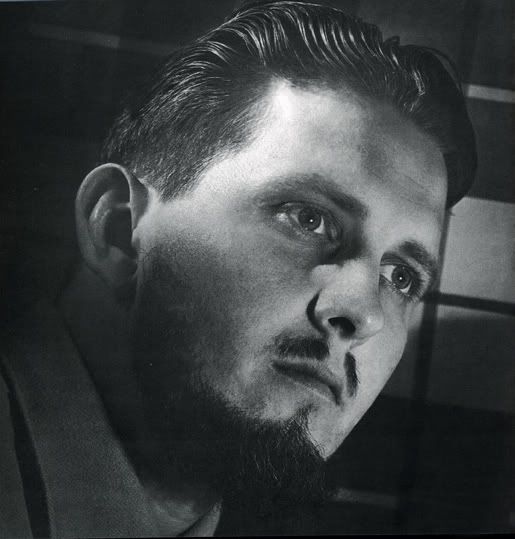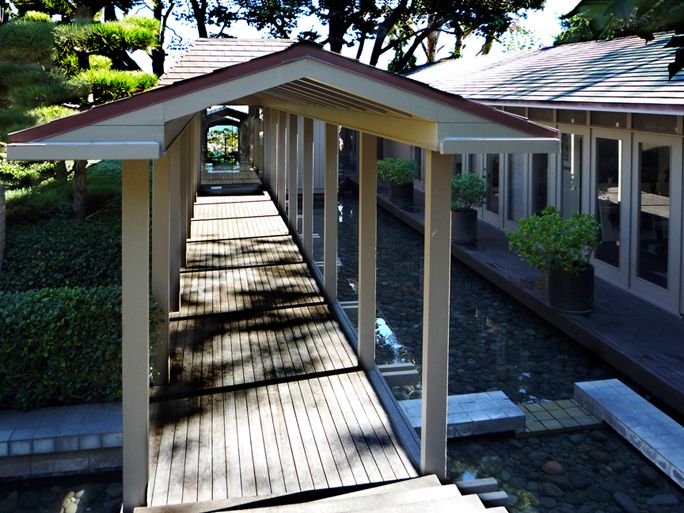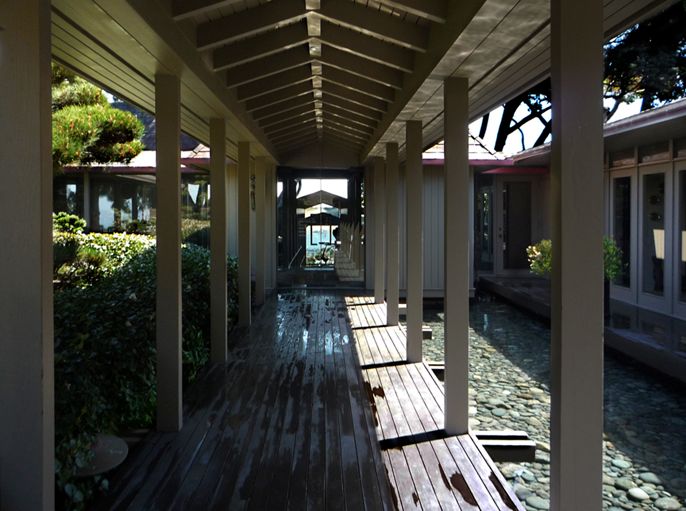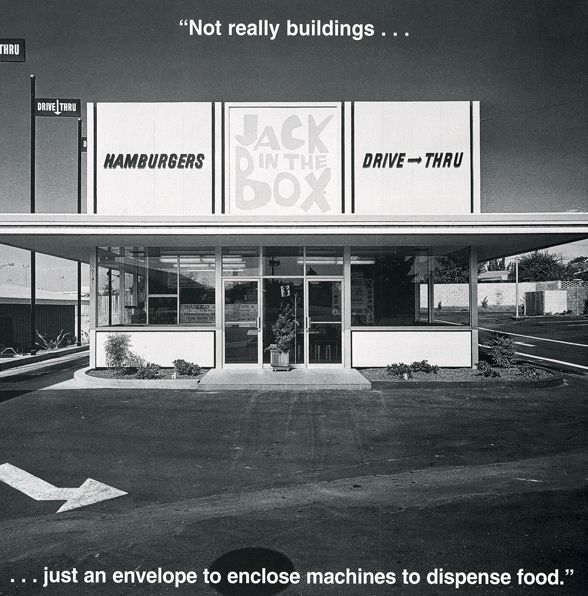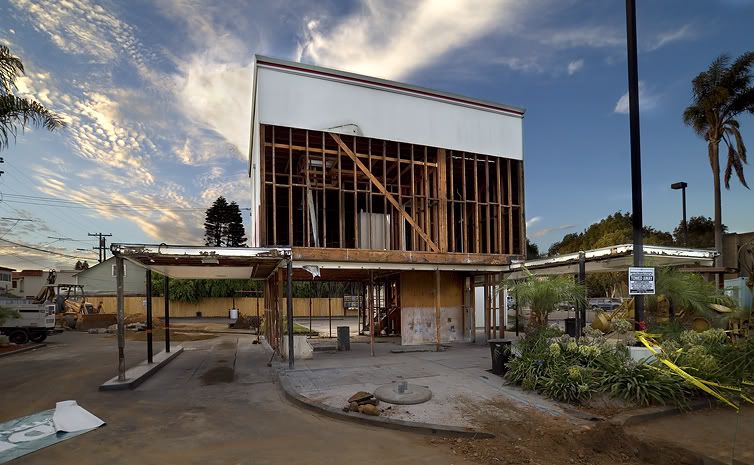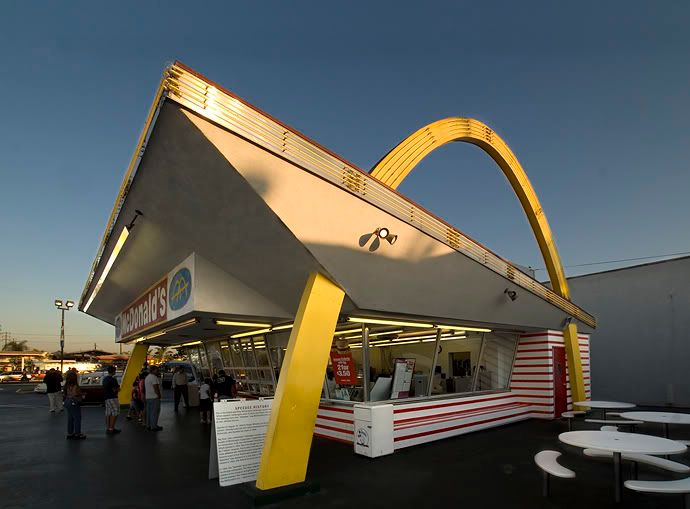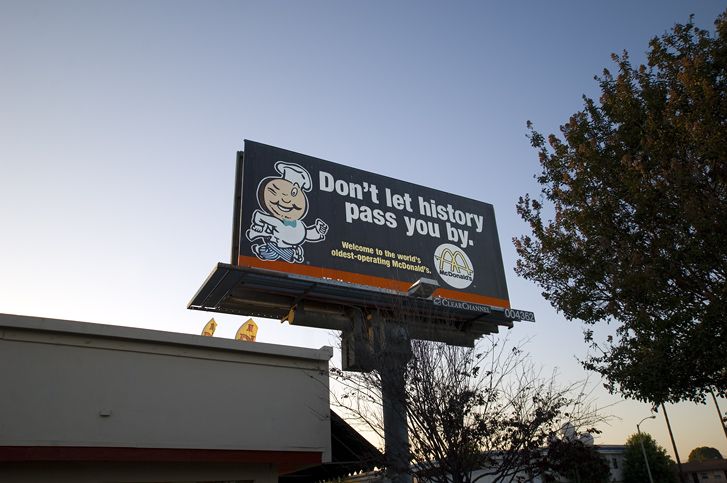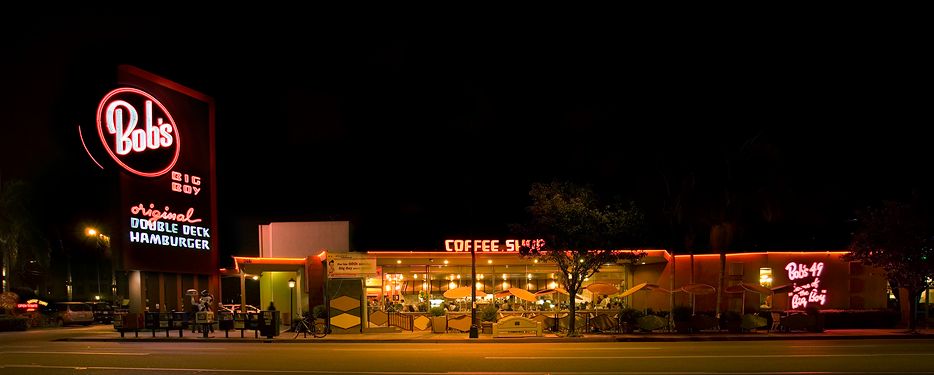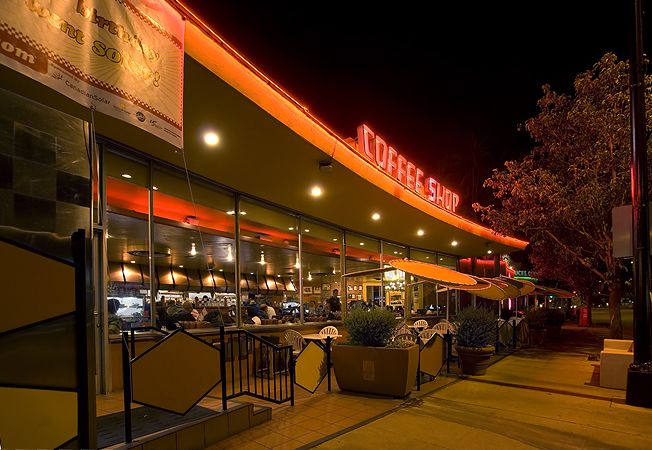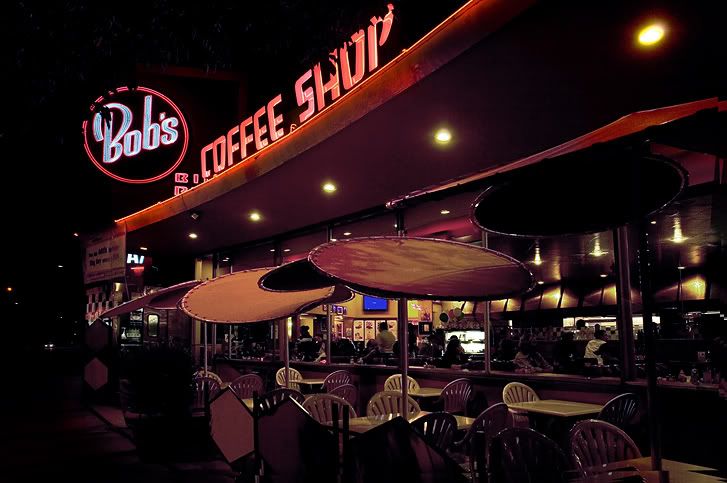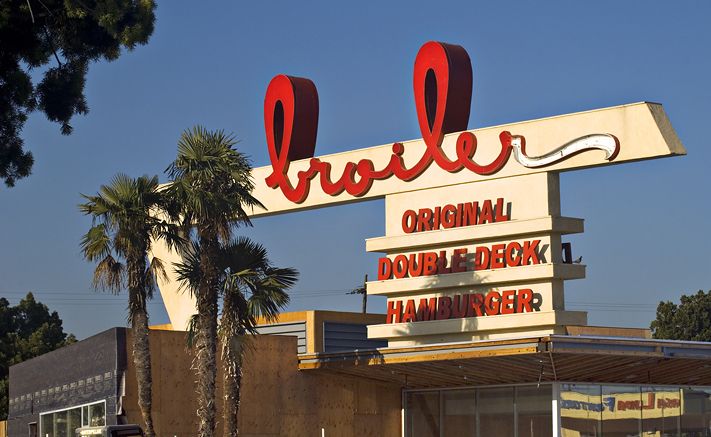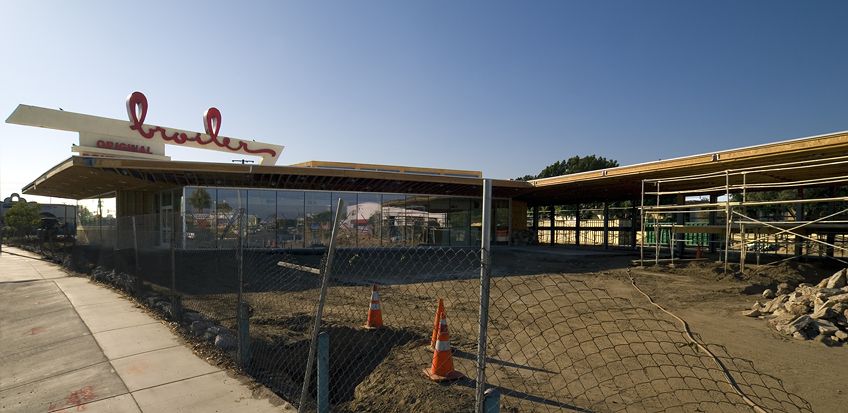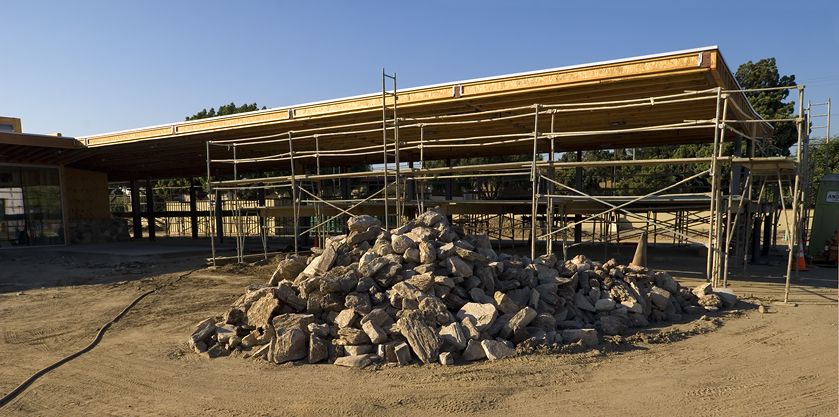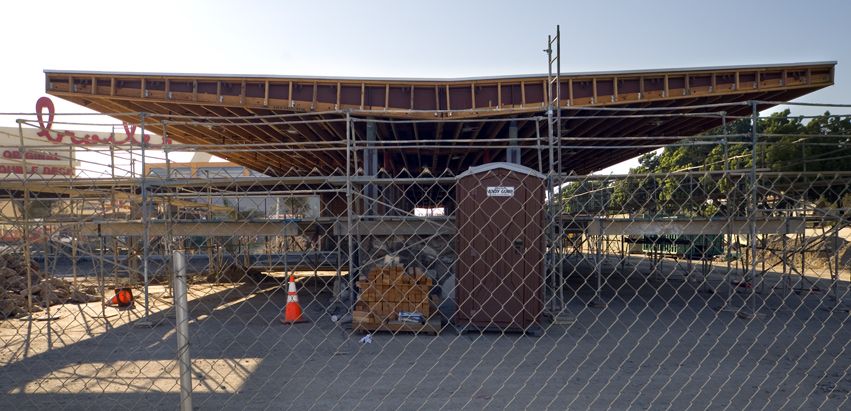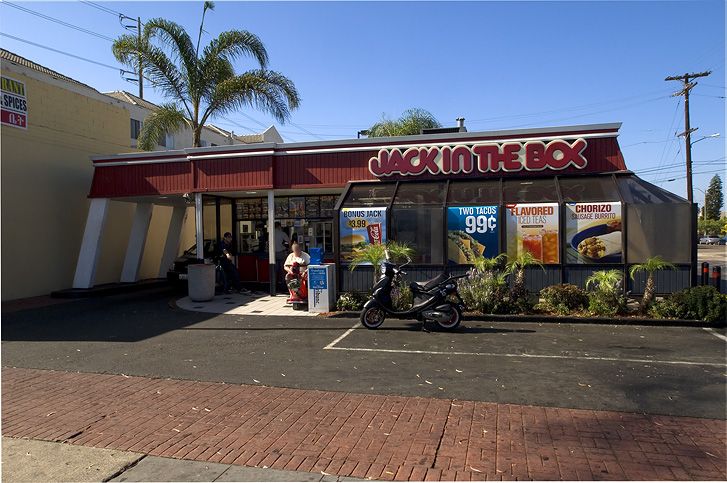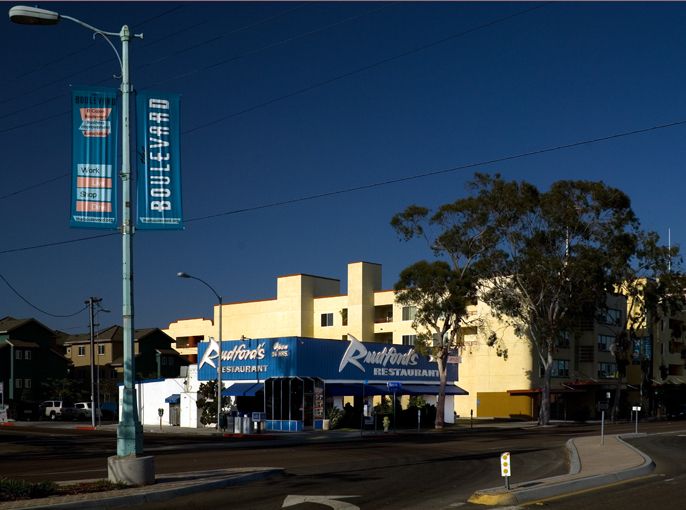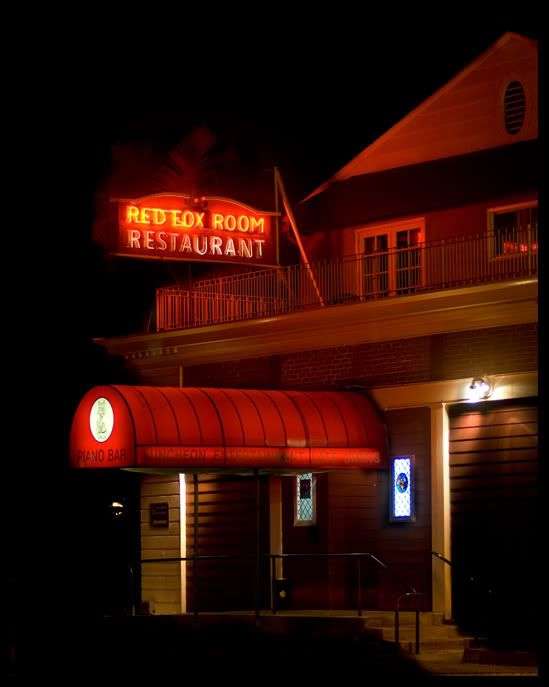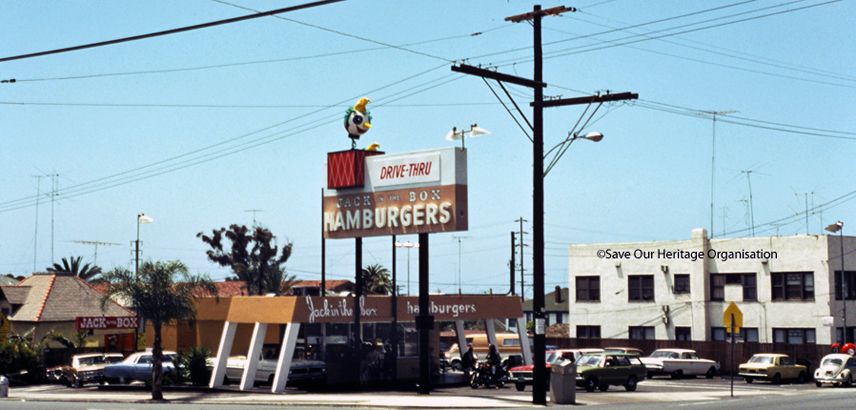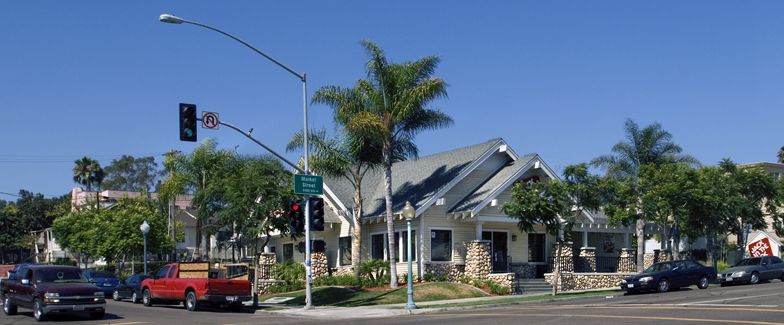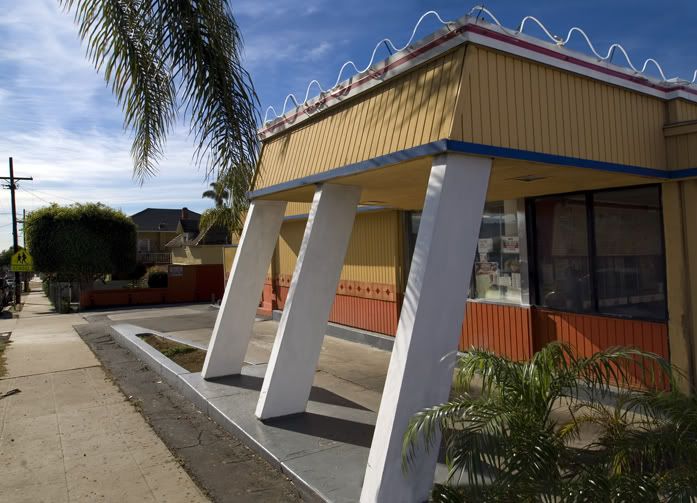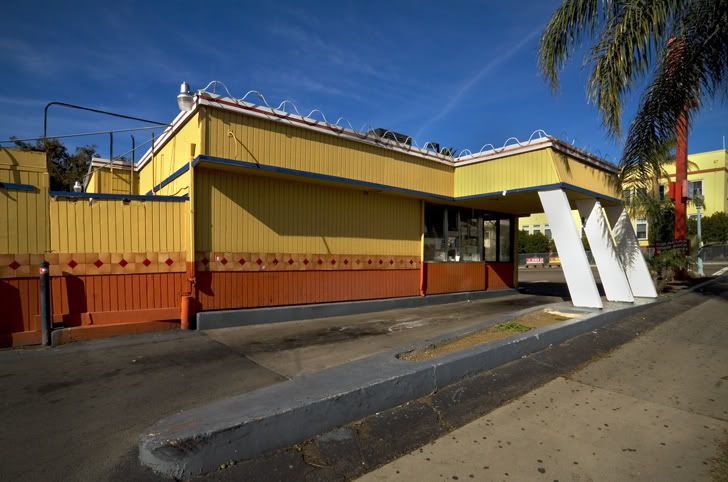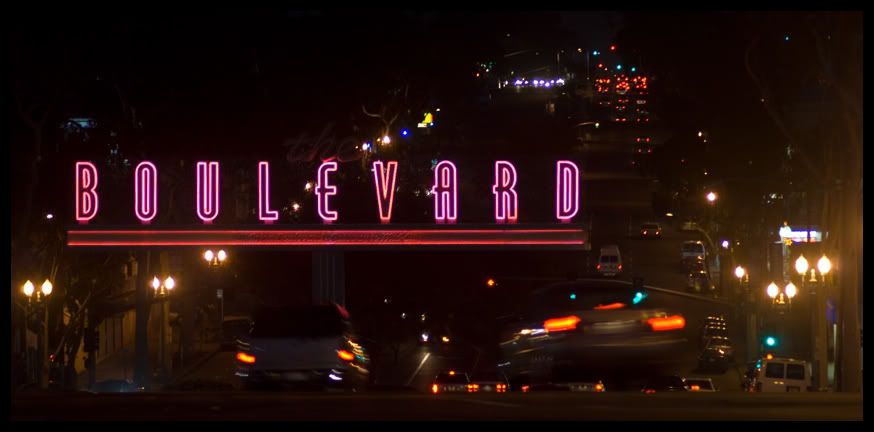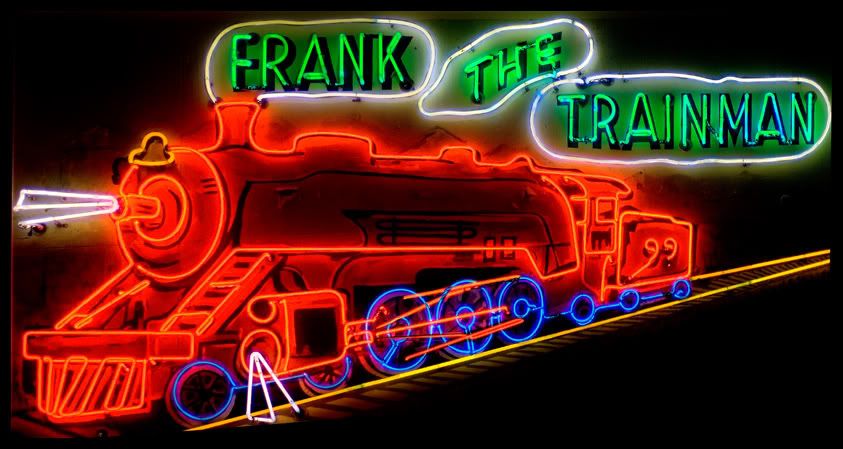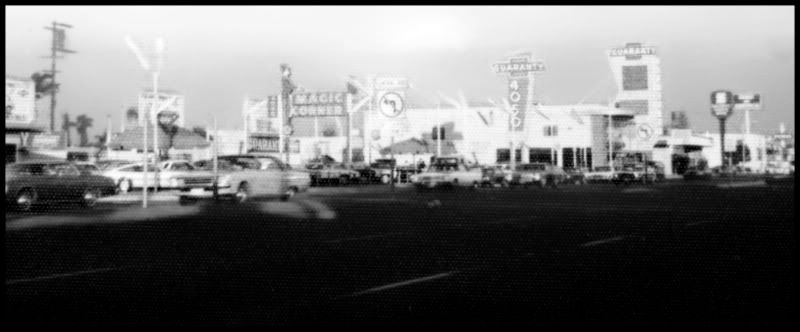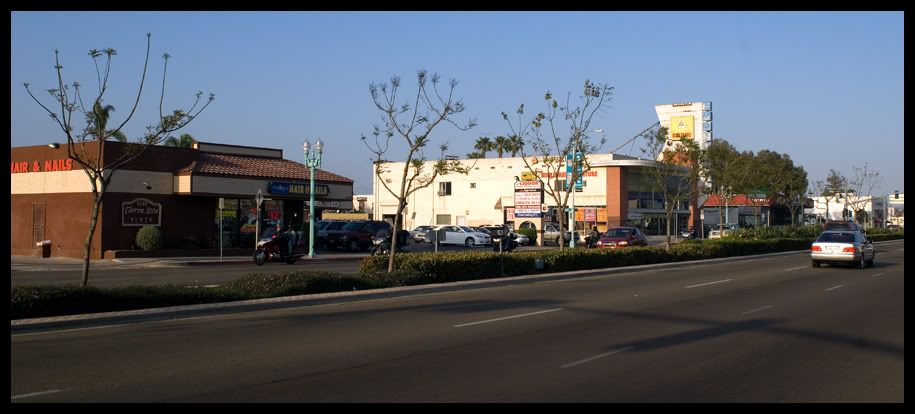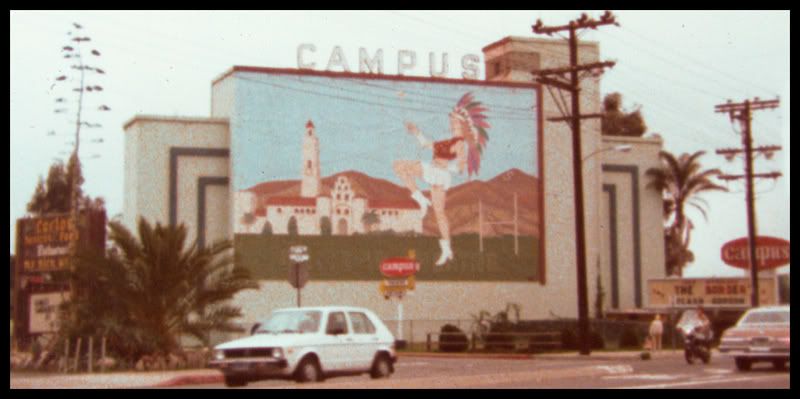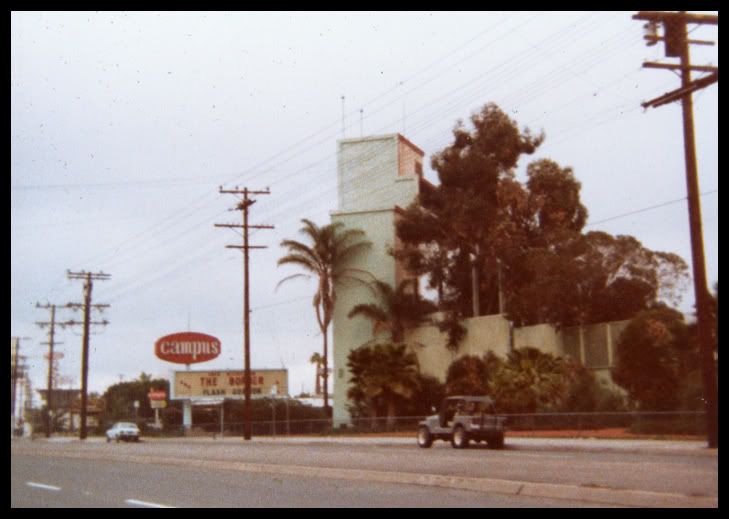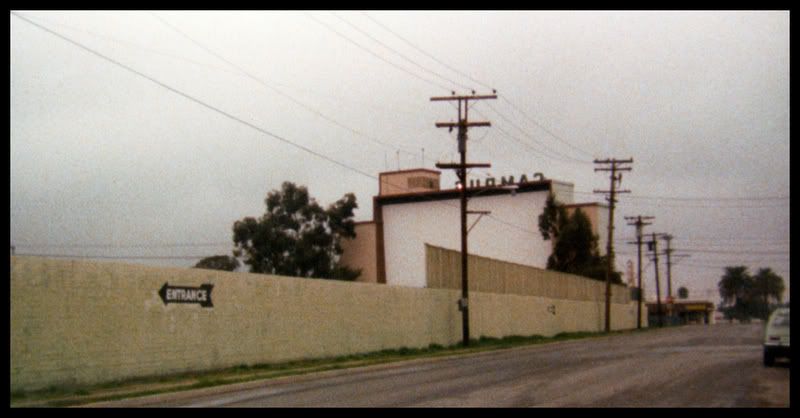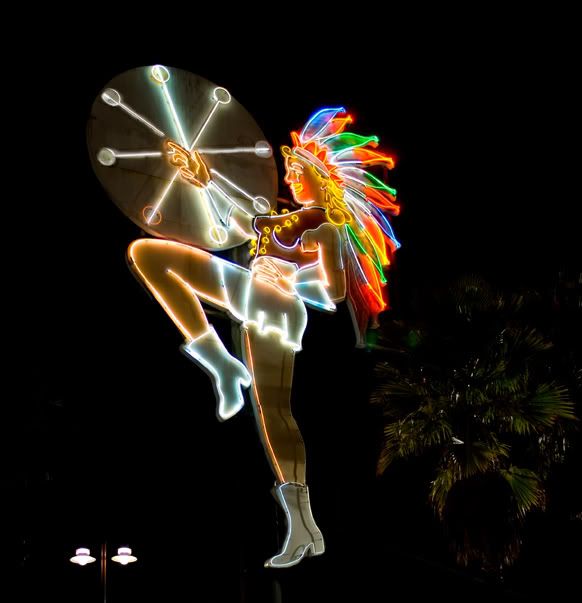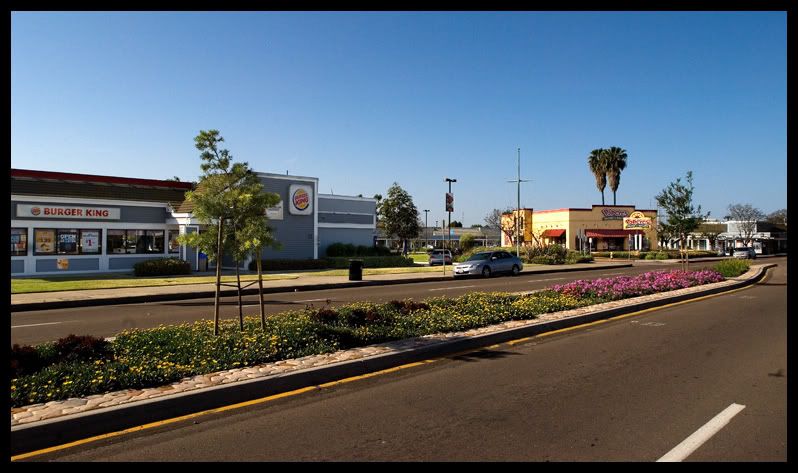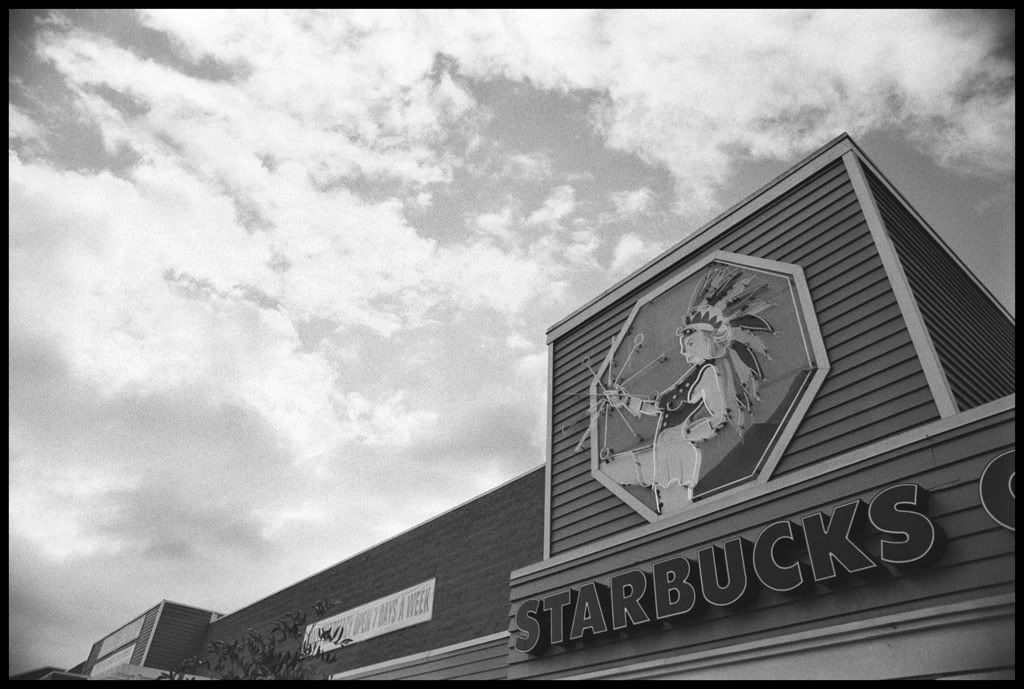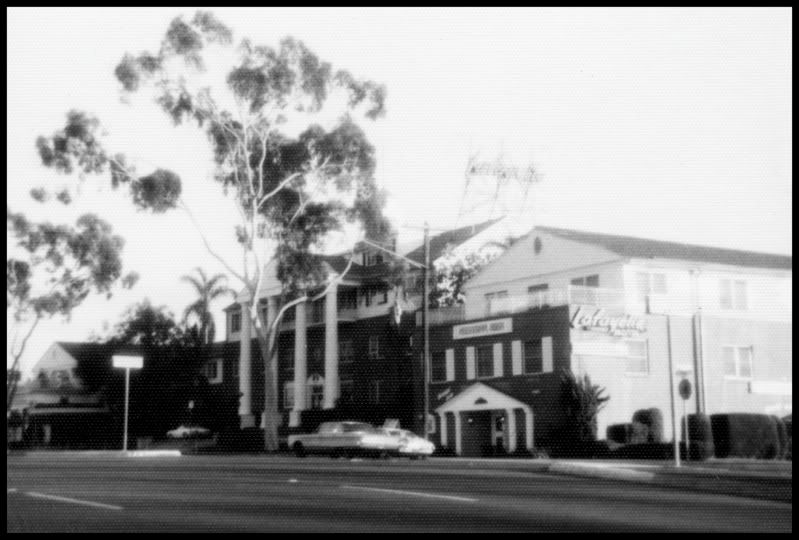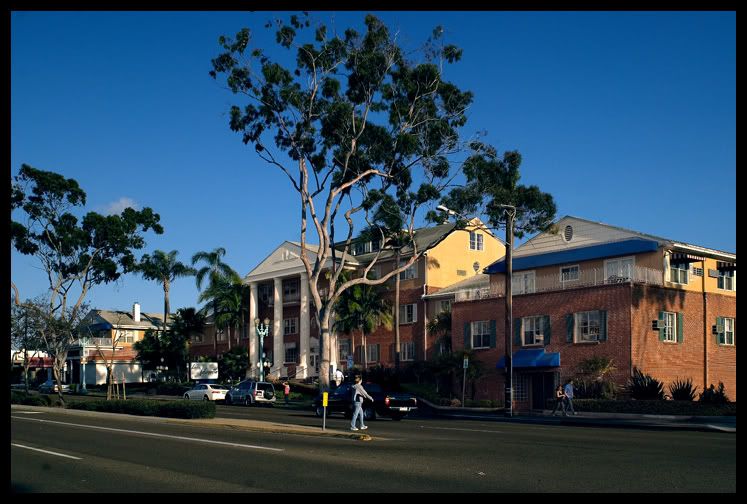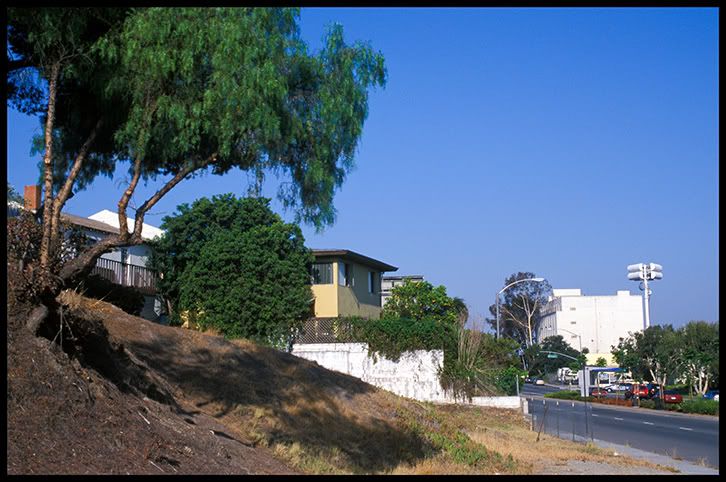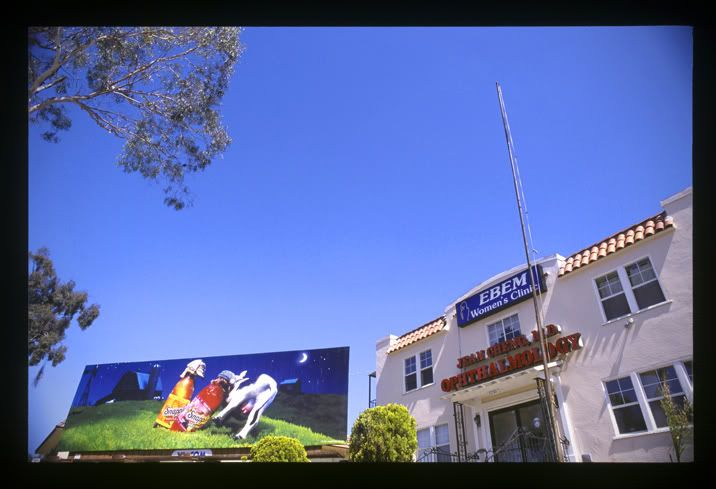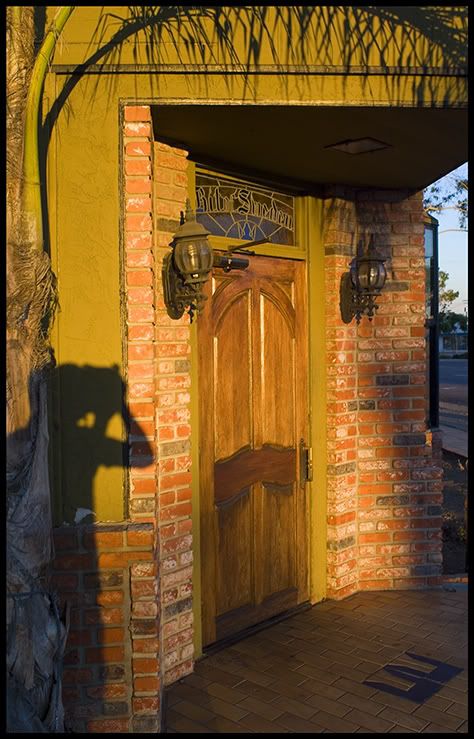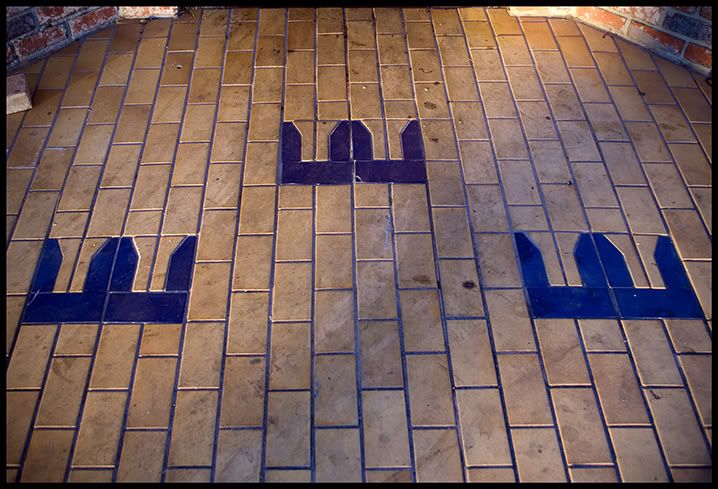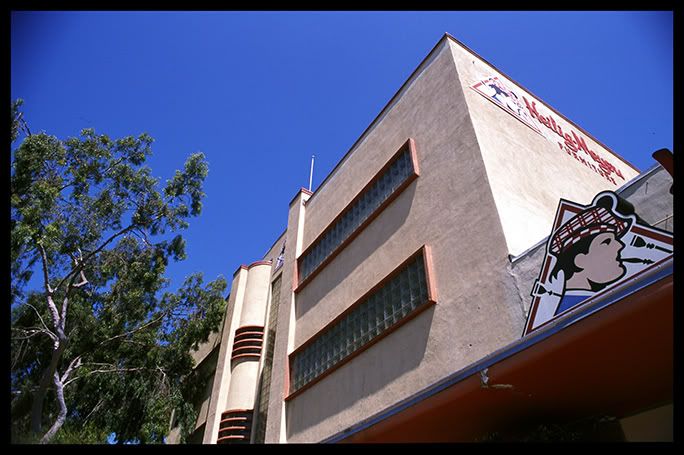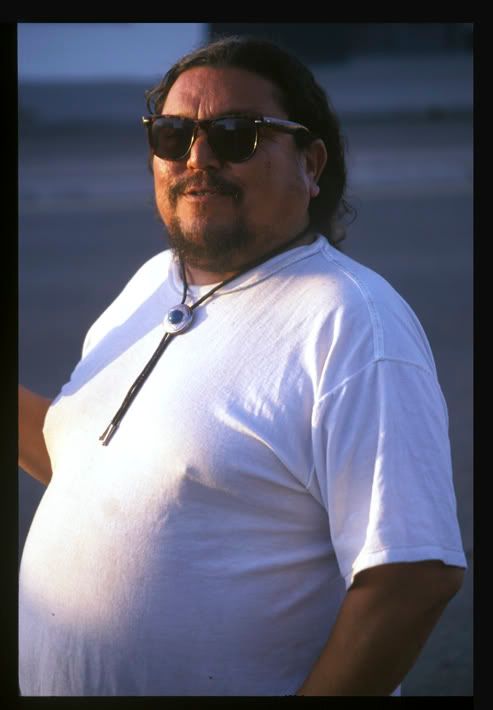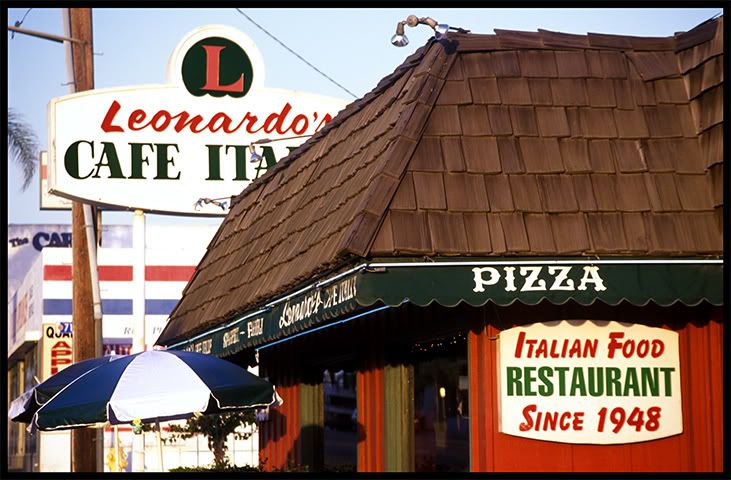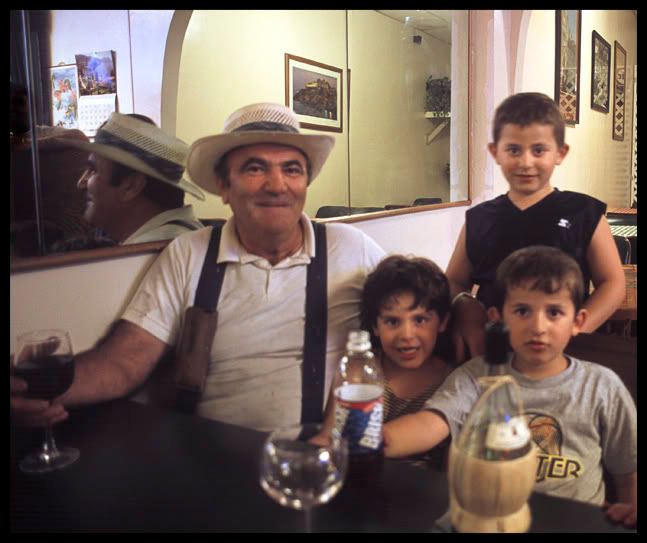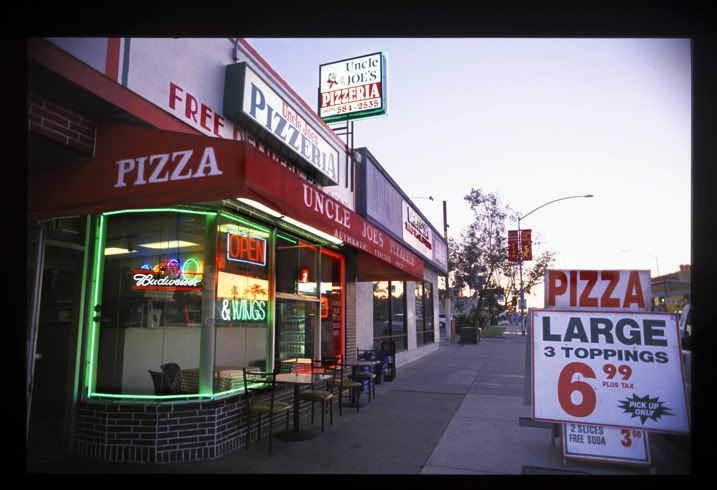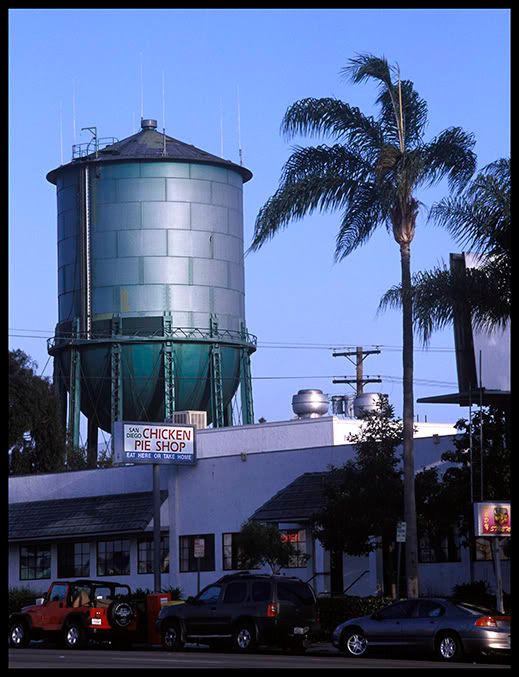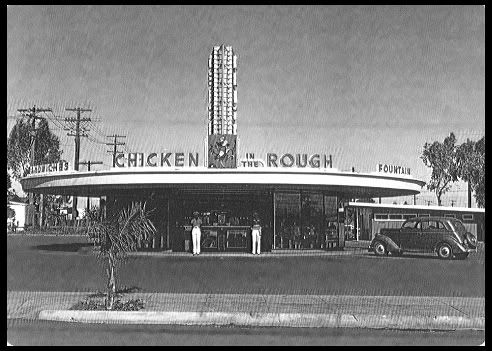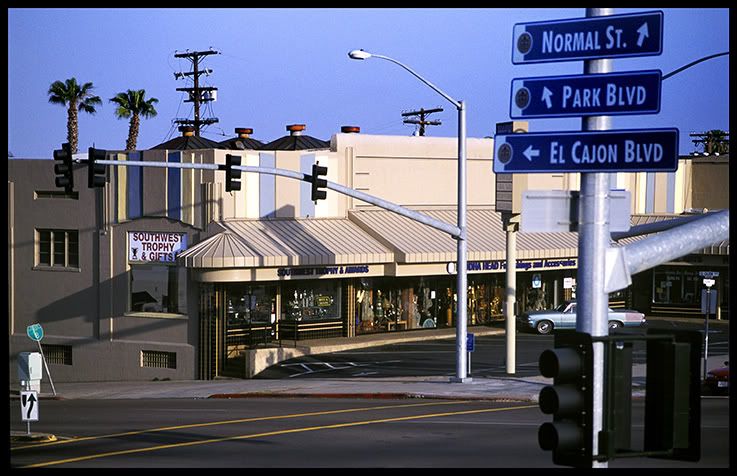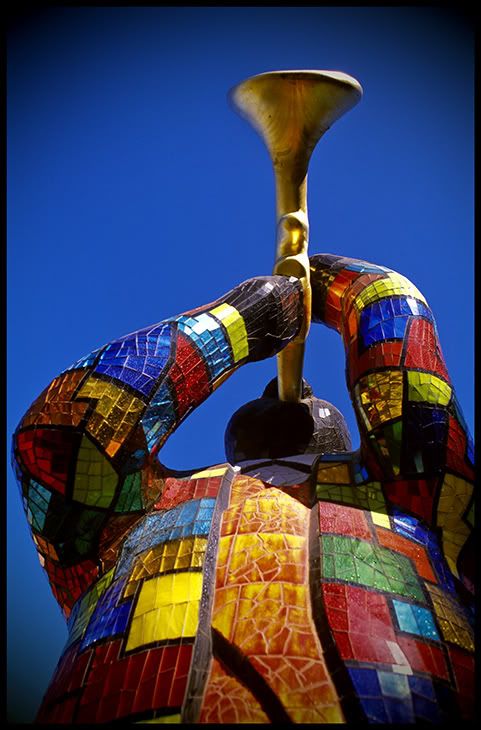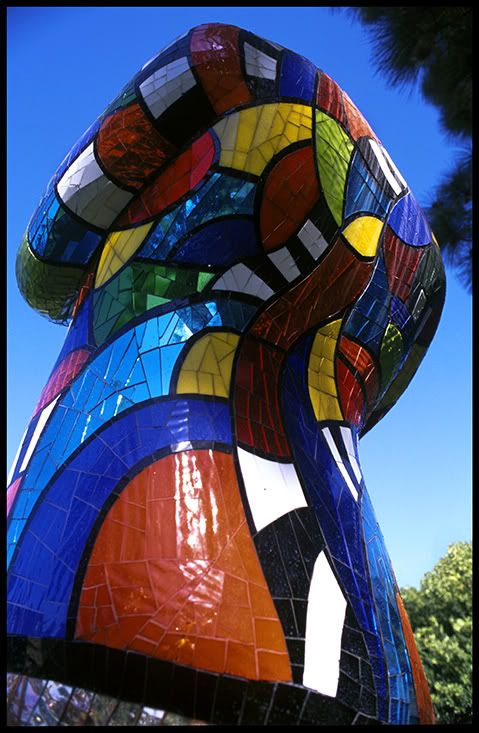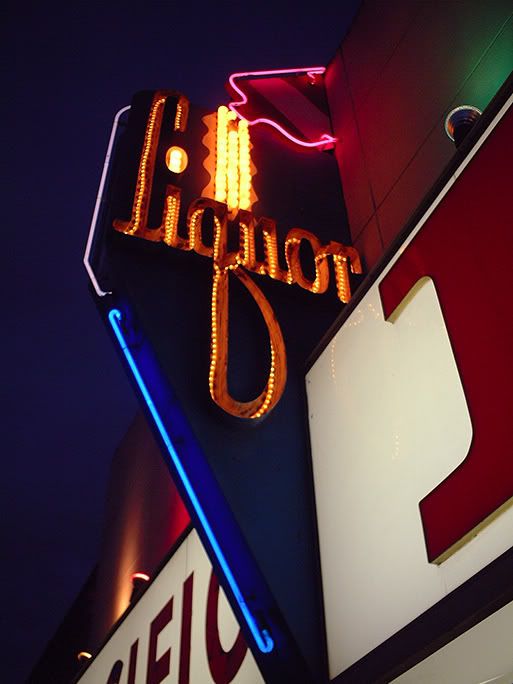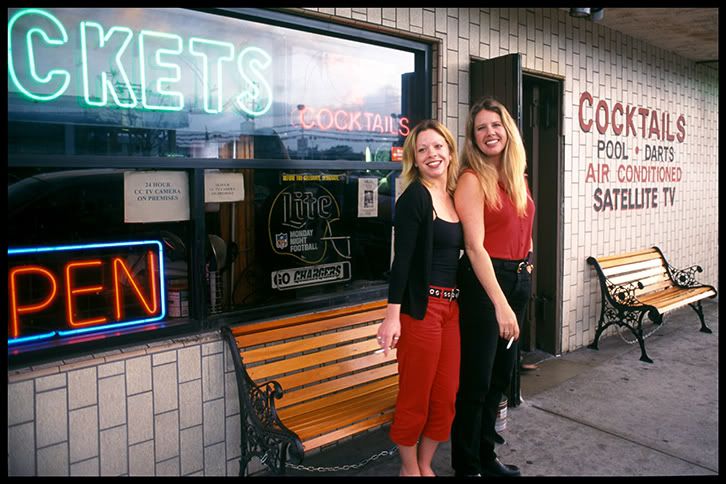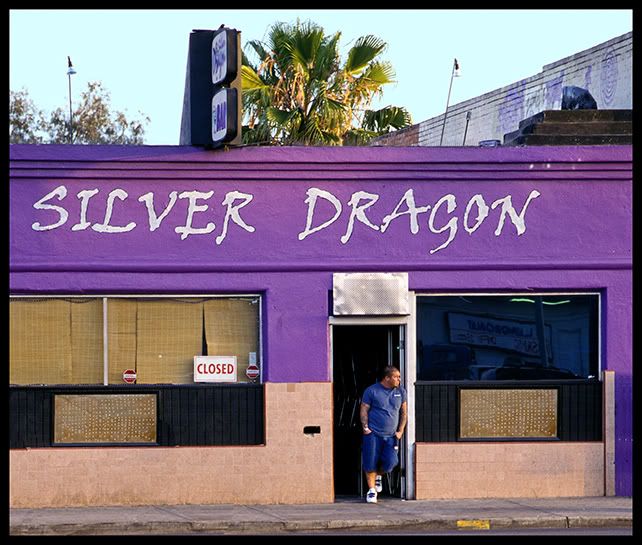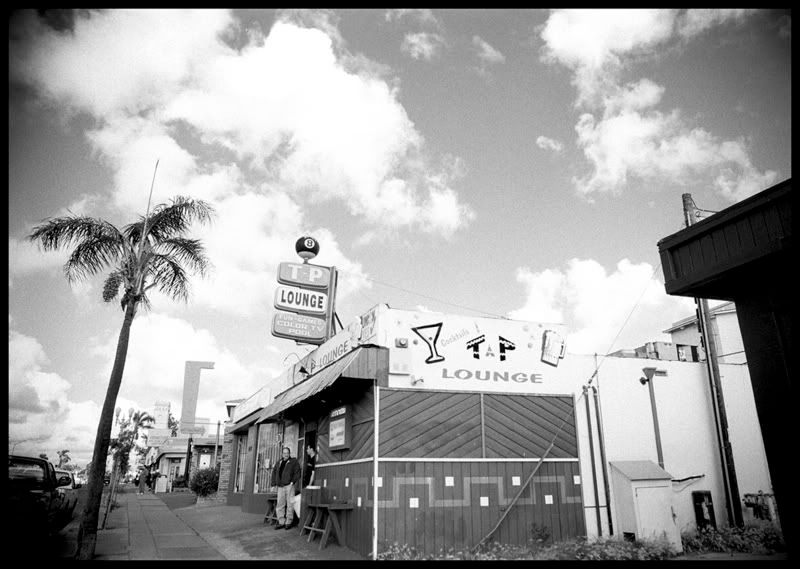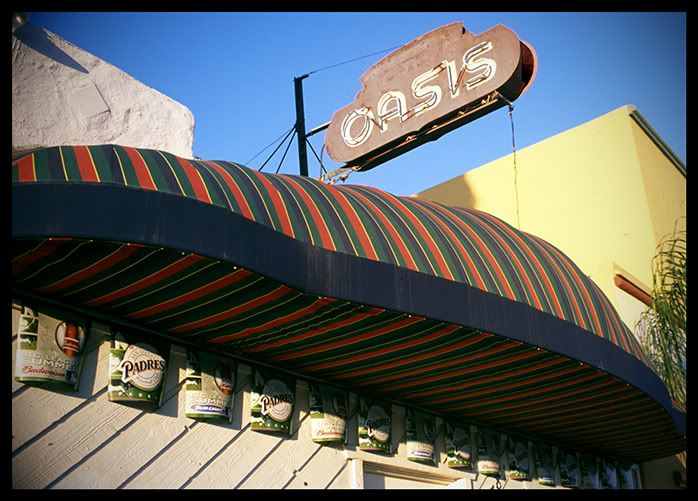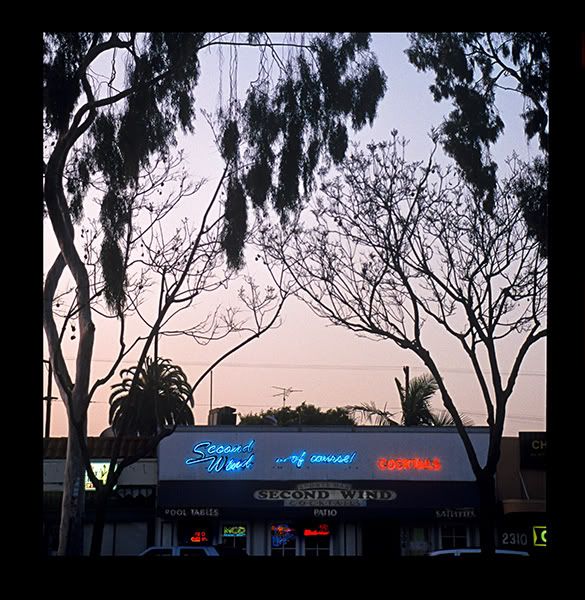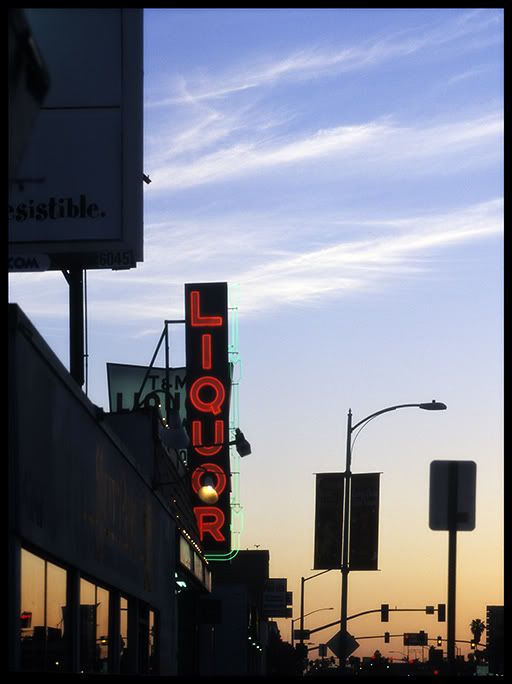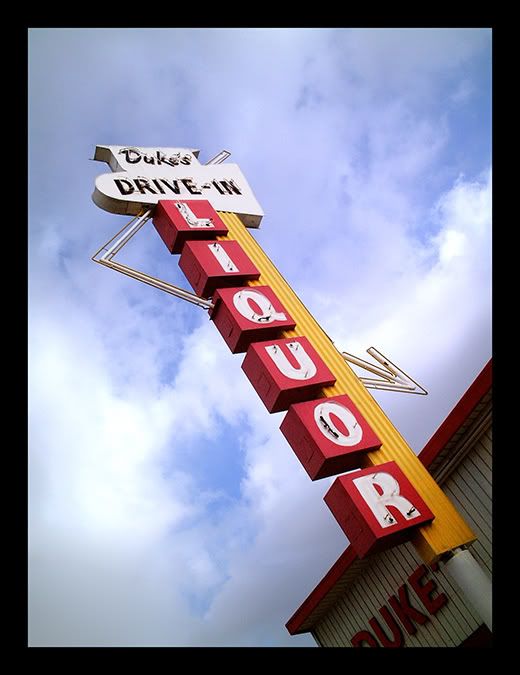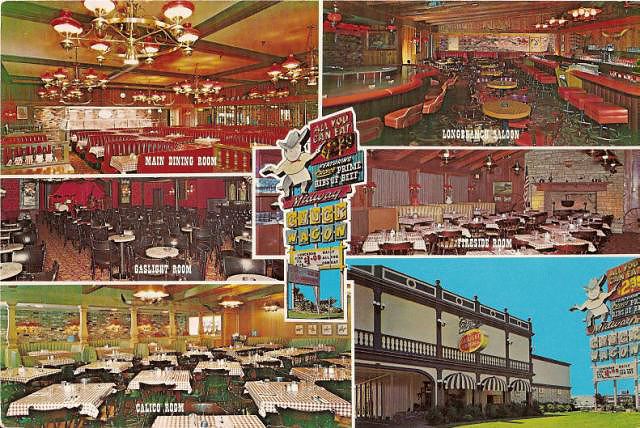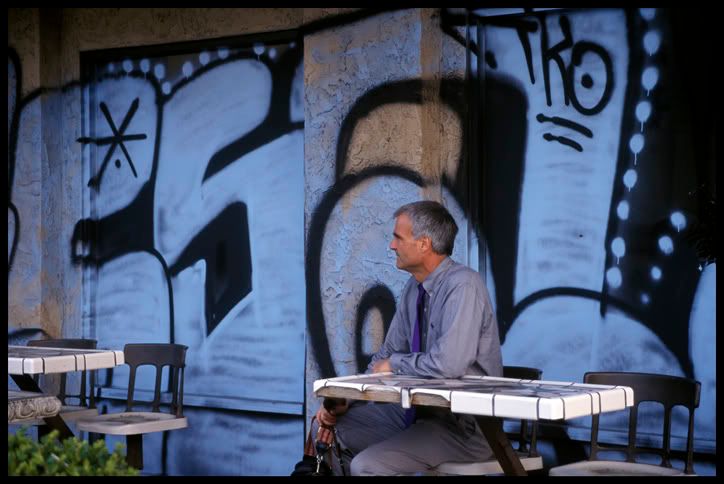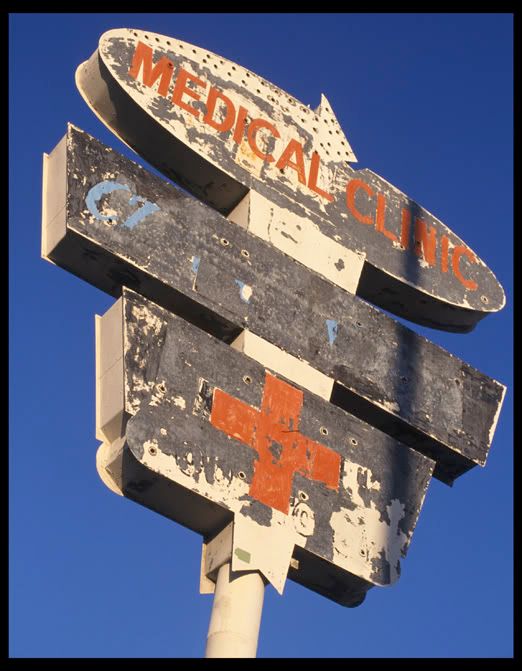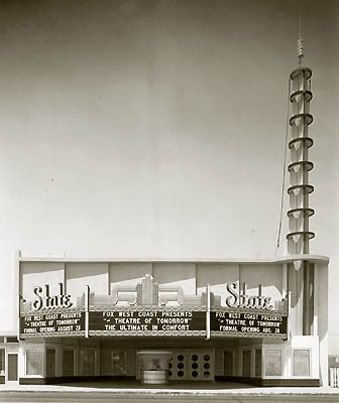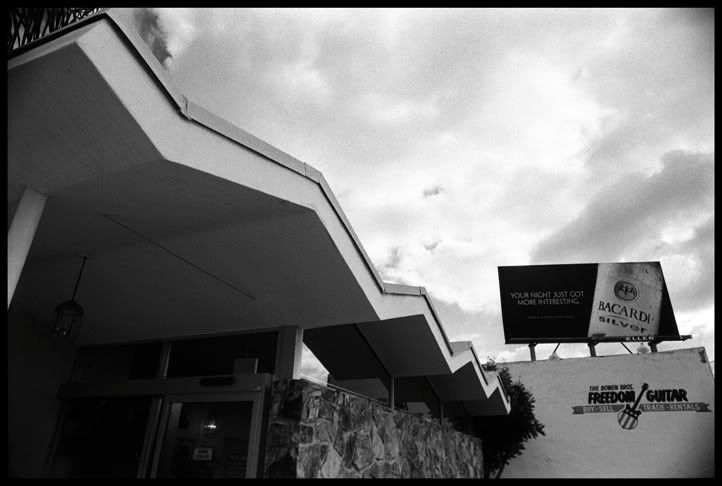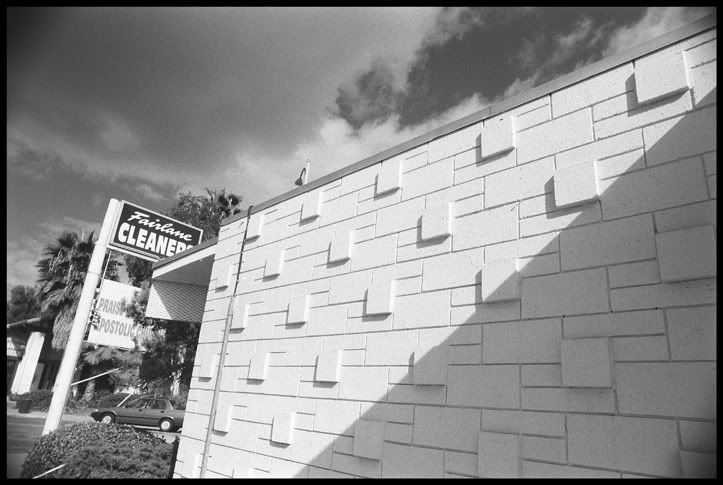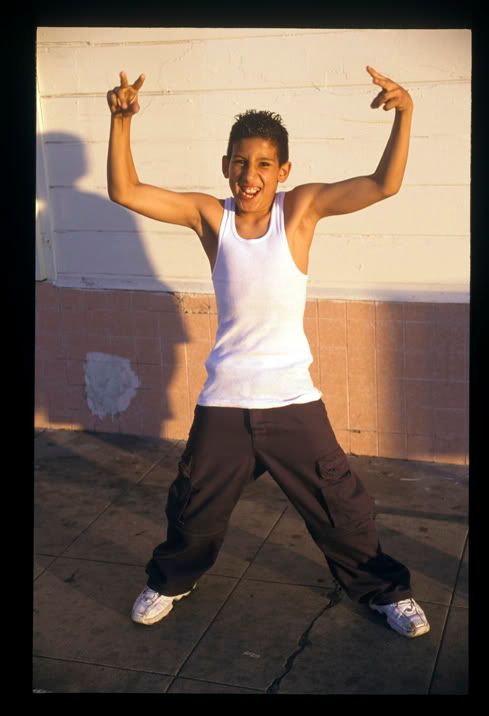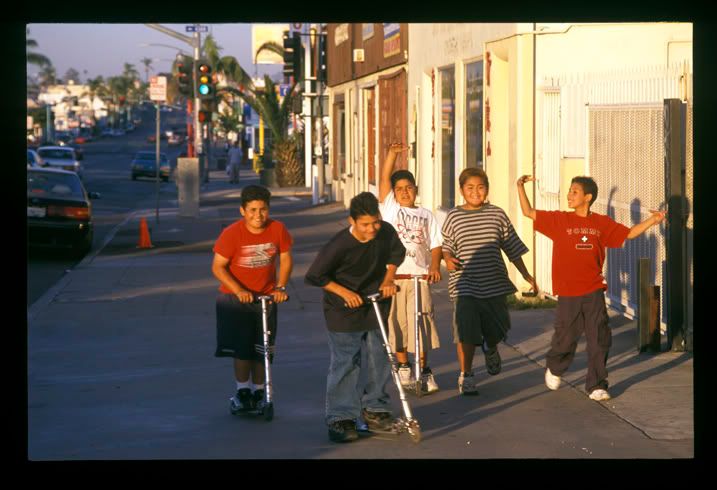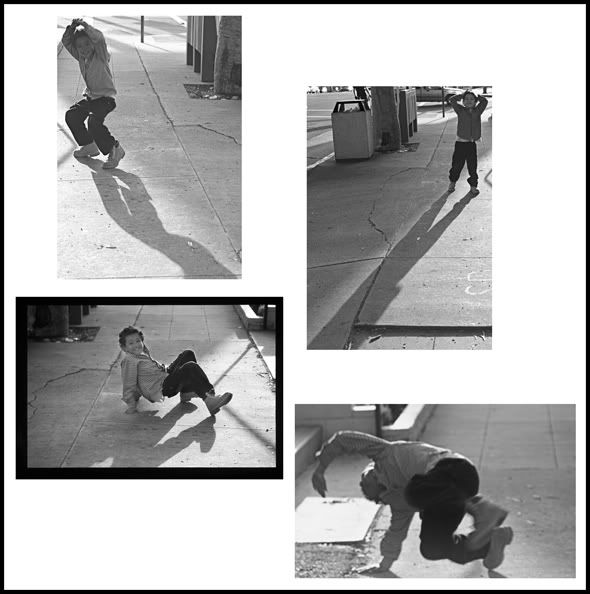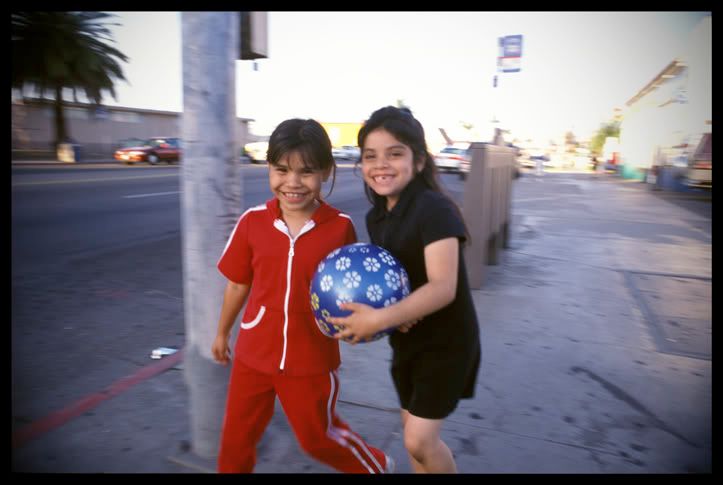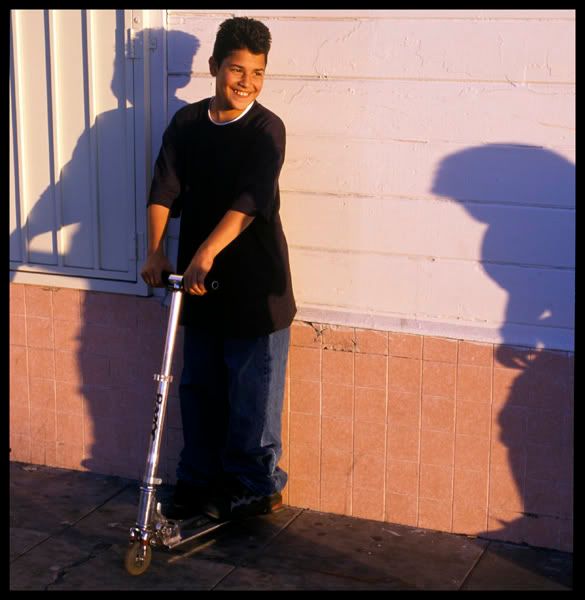
Let’s Save the State Theatre Terrazzo
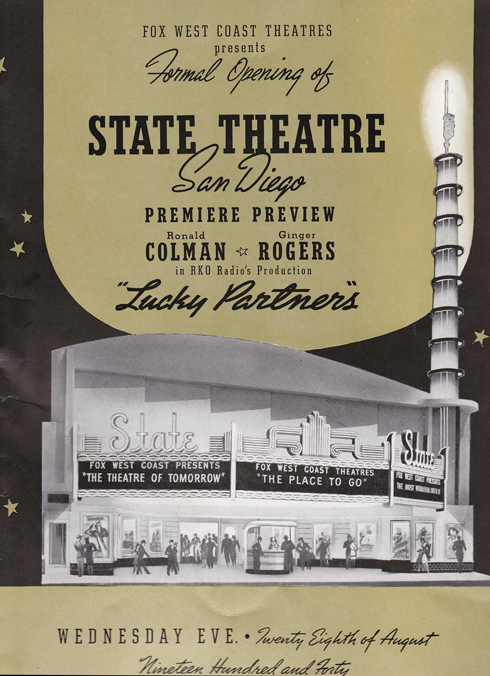 Image courtesy of the El Cajon Boulevard BIA.
Image courtesy of the El Cajon Boulevard BIA.
San Diego was once dotted with neighborhood movie theaters that were as much a neighborhood fixture as the coffee shop or the dime store. The State Theatre at 4730 El Cajon Boulevard was San Diego’s state-of-the-art neighborhood movie theatre when it opened on August 28, 1940.
The 125 foot spire was the tallest in San Diego at the time and the flashing multicolored beacon could be seen for 5 miles. It was the first building interior completely illuminated by black light. The marquee was the largest in Southern California and used 946 letters in 64,050 square feet of neon illuminated area. It was touted as the most original architecture ever attempted outside a World’s Fair– Notes from the opening day brochure (pictured above), donated to the Boulevard BIA by Moreta Cyphert.
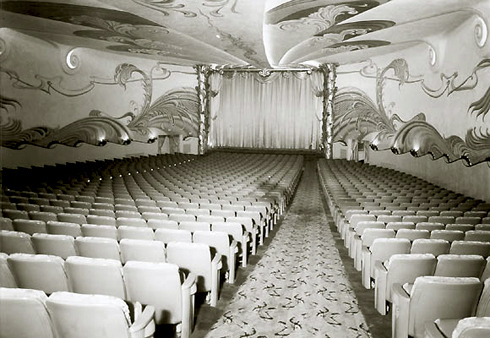 Photo Courtesy of the El Cajon Boulevard BIA
Photo Courtesy of the El Cajon Boulevard BIA
The 1000 seat theatre was designed by renown architect S. Charles Lee. His output was prolific. Lee’s work once spanned across North America. Besides the State Theatre, San Diego County once boasted a number of S. Charles Lee designs.
Near the foot of Broadway were two S. Charles Lee works. The Tower Bowl, and directly across the street the Tower Theatre. Both demolished.
An S. Charles Lee treasure survives in National City. The Bay Theatre. It survives today operating as a church.
What is gratifying to see about the Bay Theatre besides its survival, is its original terrazzo. Today not only are neighborhood movie theatres a rare site, but so are these highly durable and beautiful floors. Terrazzo was an important design element of neighborhood movie theatres. It points to a time when attention to pleasing and beautiful detail was provided in architecture and our built environment.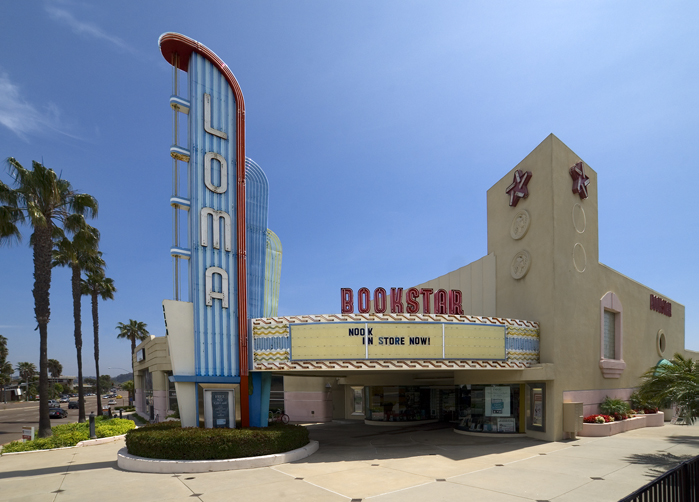
The Loma Theatre was by S. Charles Lee. The building was saved from demolition and adaptively reused as a bookstore. But what they failed to do is keep the beautiful terrazzo–and the Loma had one of the best ones in San Diego.
I recall coming here after the bookstore opened wanting to enjoy the beautiful terrazzo I remembered. But this is what I saw. Terrazzo gone and replaced by plain old concrete tracing some of the original terrazzo lines.
Consider the Star Theatre in Oceanside.
Imagine how depressing this view would be with just plain old concrete instead of the star motif terrazzo.
A preservation victory for the Village Theatre terrazzo in Coronado. The developer renovating the building wanted to demolish the historic terrazzo and replace it with new. The issue went before both Coronado’s Historical Resources Commission and City Council.
It was argued that the condition of the Village Theater terrazzo made it impossible to do anything but condemn it to demolition. Thankfully a group of concerned citizens, architects and preservationists challenged that.
The truth is terrazzo is restorable. Correction of cracks, stains and wear can be handled by terrazzo specialists. The brilliant luster can be brought back with modern surface grinders and epoxy sealers.
Our State Historic Preservation Officer Wayne Donaldson weighed in on the issue.
“I appreciate the opportunity to provide an assessment of this authentic, beautiful and distinctive feature in your community.
As SHPO and as a practicing architect for the last 38 years I have public and private practice expertise in the repair and restoration of deteriorated historic terrazzo, some in worse condition than this. After close examination to the existing terrazzo it is my conclusion this terrazzo is highly restorable. Furthermore it is an important asset to the historic fabric of your downtown and is a unique addition to the streetscape. It does not need to be demolished and replaced to provide a useable, beautiful and pleasing end product.
“The cost of restoration will be substantially lower than full replacement when demolition, off-site disposal, soil treatment, construction of the concrete base, utility coordination, new terrazzo, working with the merchants, closure of the sidewalk, the cost of the previous invested energy and the loss of a unique Coronado resource. In addition restoring the terrazzo is a sustainable action.” From the February 26, 2010 letter from Wayne Donaldson to the Coronado Mayor and City Council.
The Coronado Historic Resource Commission voted to designate the Village Theatre terrazzo historic. And that was approved unanimously by Coronado City Council along with proposals to restore as much of the original terrazzo as possible.
This is an important preservation victory in the San Diego region. It helps shine light on what has become one of the most rare and beautiful aspects of our cultural landscape, historic terrazzo.
They are more than just common sidewalks. They should be valued as public art.
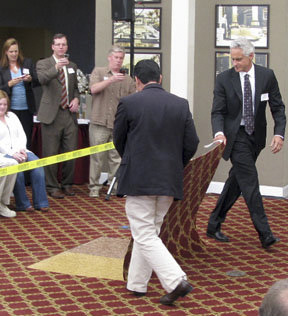 Photo Courtesy of El Cajon Boulevard BIA
Photo Courtesy of El Cajon Boulevard BIA
Councilmember Gloria peeling modern carpet away from historic terrazzo. This was the highlight of a ceremony announcing restoration of the historic La Fayette Hotel.
Tragically the magnificent State Theater was demolished in 1987.
Adding insult to injury, look at the building that replaced what was once touted as the most original architecture ever attempted outside a World’s Fair. A few years ago I was delighted and surprised to discover at least the State Theatre terrazzo lives on!
Bad news is that Sandag/MTS proposes to demolish the State Theatre terrazzo for a new bus stop. The process of project notification and acceptance of an EIR has come and gone. But any number of concerned citizens and preservationists would have spoken up if the hearing was known to be about an important public art work and piece of our historic landscape.
A key problem was that the resource only had basic review. The terrazzo was viewed not having context because the theare was gone. However it does deserve consideration as an historic object, public art work, or historic feature of the street environment.
The Campus Drive in was torn down. There is no longer a context of that. But we still treasure the neon majorette an historic object, for its beauty as public art, and an important historic icon of El Cajon Boulevard history.
The same consideration should be afforded S. Charles Lee’s State Theatre terrazzo. As we’ve seen with the Village Theatre terrazzo, the argument that it is too old and too broken are mistaken. And as we’ve seen with the restoration of the La Fayette Hotel, historic terrazzo certainly seems to be coming back in vogue.
